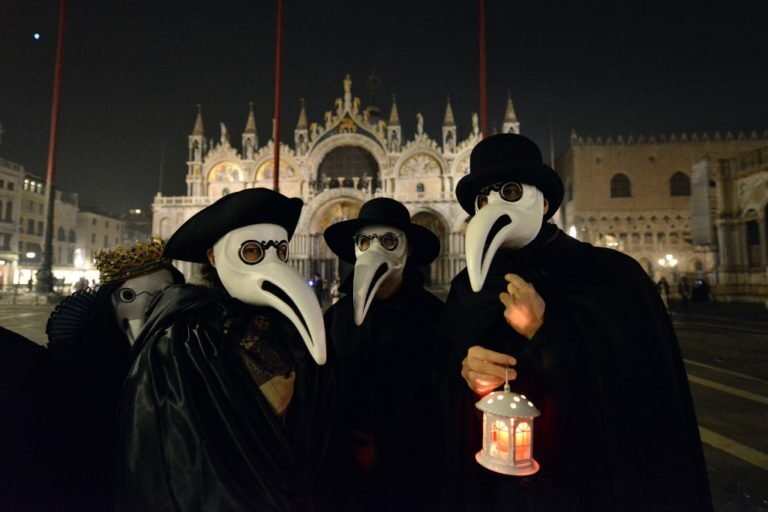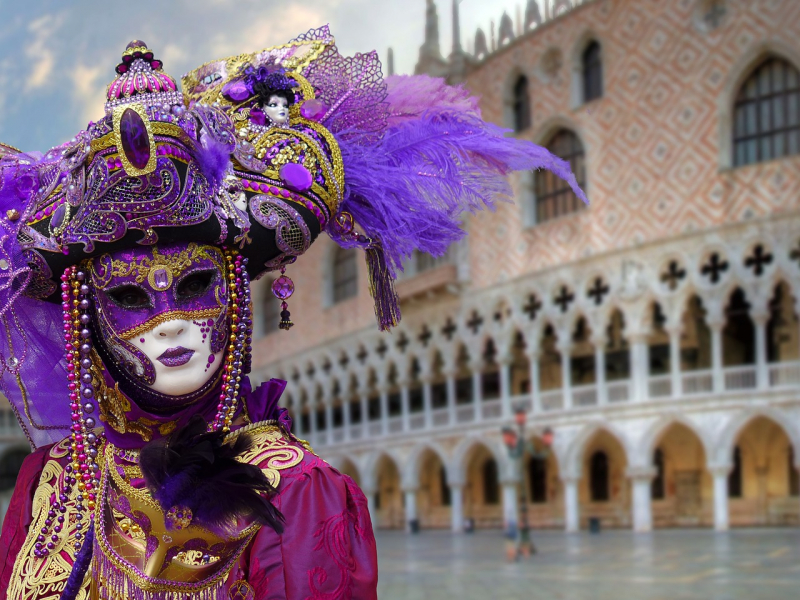And sometimes wearing Venetian masks was mandatory
In Venice, wearing a mask became required in some social settings. Women had to wear masks when going to the theater once they were married, for example. By this time in their marriage, masks more often acted as a symbol of humility than of seduction. Additionally, Moretta is a black oval mask used only by women, also known as muta. By biting down on a button fastening to the mask's back, it was kept in place. The wearer was unable to communicate as a result, which made it fascinating to the man seeking to figure out her identity.
Some masks were even worn by doctors as a necessary piece of equipment, serving as an early example of personal protective gear. Because of its large beak, which gives it a highly ghastly appearance, it is now quite well-liked by visitors. This mask was not a theatrical or carnival mask. Instead, it was put to work to complete a task. In other words, it was worn so that medical professionals could approach and cure plague victims. If you believe that doctors nowadays use personal protective equipment (PPE), then you should know that Venetian physicians used this PPE in the sixteenth century. The doctor's beak was filled with fragrant herbs to assist escape the disease's odor. The eye apertures were sealed with a form of glass for safety. Additionally, the doctor's attire was constructed of waxed canvas.













